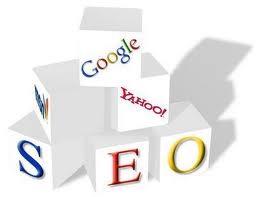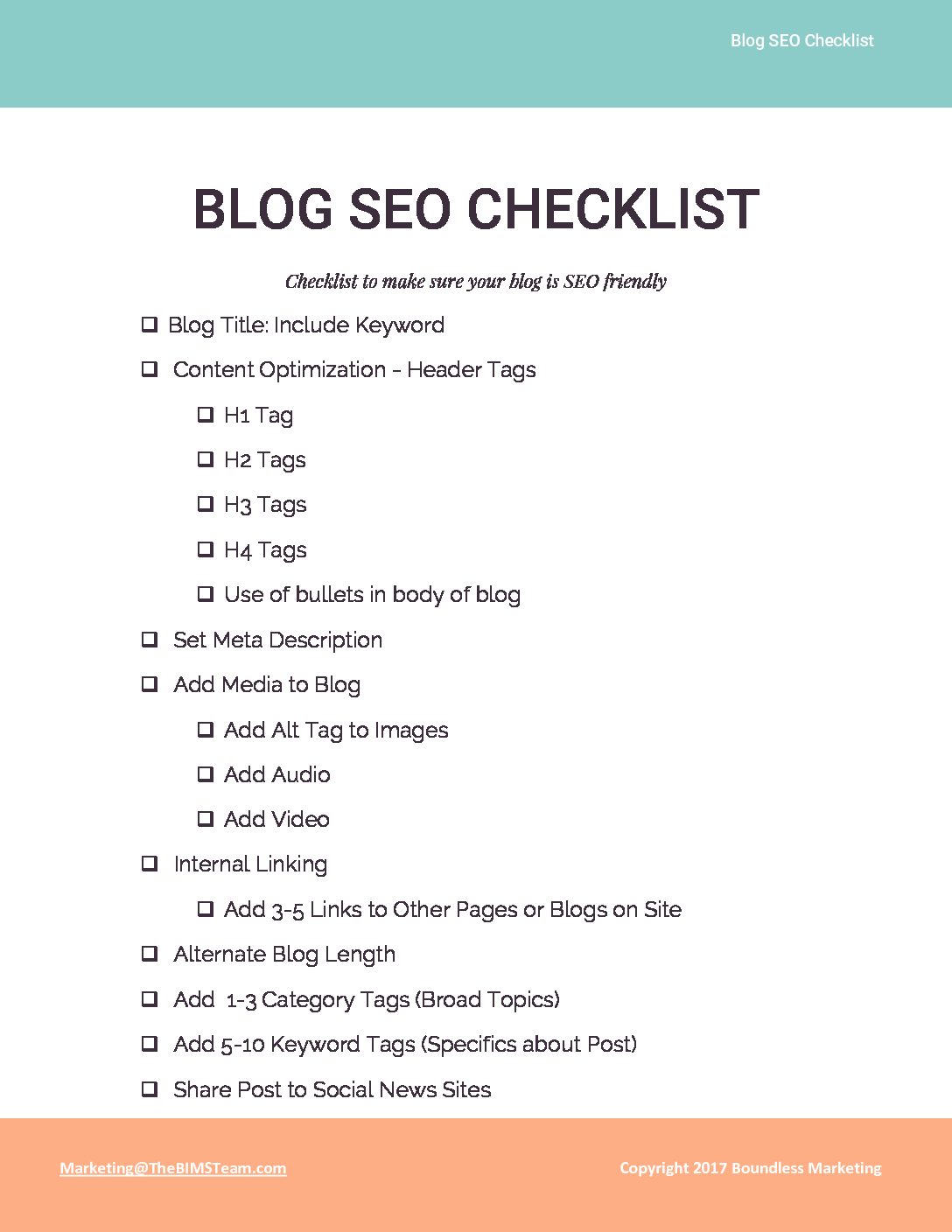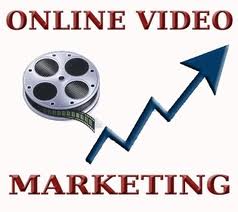 Join branding/spiritual business expert Ellen Melko Moore and social media specialist Amber Irwin as we help you create a brand that speaks for itself and a social media structure that allows everyone to talk about you.
Join branding/spiritual business expert Ellen Melko Moore and social media specialist Amber Irwin as we help you create a brand that speaks for itself and a social media structure that allows everyone to talk about you.
Whether you’re just starting a new venture, or considering a renovation/revolution for an existing or established business, this uplifting yet extremely practical series will set you on fire with the knowledge and tools to burn brighter, stronger, and truer than you have ever dared before.
You are about to Become Visionary.
Dates: June 8th, July 13th, and August 10th
Time: 8:30-11am
What Is a Visionary Brand?
By its purest definition, a visionary brand is a brand that inspires people to act. It inspires devotion and communication in its audience, clients, or consumers. Its customers speak and act and advertise for the brand, spreading the word because they love associating with its power, possibility, heart, or “sexiness.” In some way, large or small, those who participate feel transformed, and they want to share that transformation with others.
If you are part of the “tribe” interacting with a visionary brand, you want to talk about it, to share it, to debate its merits or flaws with others who care about it. You take pleasure in introducing it to the uninitiated.
A visionary brand can be big or small, profit or nonprofit, can be a large corporation or a single person. Some famous examples of visionary brands that have changed our lives might be Facebook, Starbucks, Tom’s Shoes, Oprah Winfrey, Netflix, and The Susan G. Komen Foundation.
How Does a Brand Become Visionary?
Big brands and big names can inspire us. But it’s also important to look at the inspiring people and companies all around us. If you think about it, you can probably identify several visionary brands in your own circle, your own neighborhood.
It might be a painting company who donates a free paint job to a neighbor facing foreclosure, a bakery who celebrates Wednesdays with free éclairs, or a friend who rallies a community to serve a returning injured veteran.
It may be an artist whose paintings take our breath away, a computer store whose top priority truly is the customer, or a garage band who collaborates with a tattoo artist to clean up the local skate park.
Whether large or small, traditional or totally unprecedented, commercial or compassionate, an emerging visionary brand compels us to look, to notice, to talk, and to act. And most importantly, to spend our money!
And you can bet your boots that with a good strategy of playfulness and perseverance, that brand won’t be a beginner for long.
Build a Killer Brand and Give it a Voice.
So, a visionary brand inspires action, and that inspiration begins with you.
Are you inspired by your own idea, your own business, your own way of showing up in the world? Are you so excited that you can’t stop talking about what you are doing, learning, selling, experiencing?
Or is it perhaps time to open the doors of your mind and soul and let some fresh air down the corridor?
Our three part workshop focuses on the three essential ingredients of the visionary brand: the Creators, the Participants, and the Collaborative Process (otherwise known as the brand, the customers, and the sales relationship!)
In each session we will devote equal attention to BOTH the visionary spirit of our brands AND the powerful tools of technology that allow us to share that spirit in unprecedented ways.
Ellen will lead us as we create, pitch, and examine the Inspirational Ingredients of all who play in the sandbox of our brand. Amber will guide us through the exciting (but often intimidating) waters of Facebook, Twitter, Twello, and Hoot Suite.
Between sessions, we will support and inspire each other in small groups using our new-found social media skills (gaining first-hand experience with innovative email, free conference calls, YouTube, and Blog Talk Radio!)
Our Vision for You. And our Promise.
No matter where you begin, whether as a first-time entrepreneur or a seasoned veteran, by the end of session 3 you will take home:
*a recipe and road map for your own visionary brand, including new pathways for money to come to you
*a support team who believes in your dream
*a tribe that loves to talk about you
*a working knowledge of the most important components of social media and a system for using them powerfully
*a rejuvenated sense of your life’s purpose and a renewed enthusiasm for getting out of bed, even on Mondays
You could pay thousands of dollars and spend hundreds of hours for this coaching and training. Like many of your friends may be doing. Just think how jealous they’re going to be when you say you did it in two months for $147! That’s okay, though. Next time they’ll know where to go to Become Visionary.
http://www.eventbrite.com/event/1597505181
 If you have stepped into the world of internet marketing even slightly, you have probably heard the term search engine optimization before. This is an essential process that you will need to take on throughout your journey as an online marketer. A question you may ask yourself is why this process is so important. There really are a few reasons that this process is both important and beneficial for your business both short term and long term. Once you understand these benefits you will be eager to get started.
If you have stepped into the world of internet marketing even slightly, you have probably heard the term search engine optimization before. This is an essential process that you will need to take on throughout your journey as an online marketer. A question you may ask yourself is why this process is so important. There really are a few reasons that this process is both important and beneficial for your business both short term and long term. Once you understand these benefits you will be eager to get started.

















